The inexorable choice
Increasing savings and productivity only recipe for healthy economic growth
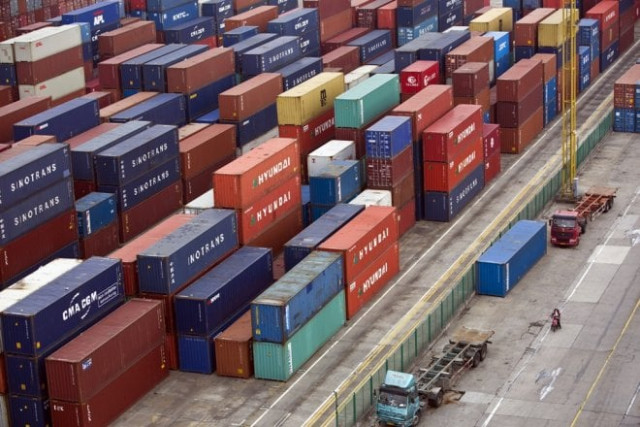
The performance of economy in the current fiscal year (FY20) has been dismal. In the first nine months (Jul-Mar), the economy registered a negative growth of 0.4% includ- ing 2.7% growth in agriculture, 2.6% contraction in industry and 0.6% fall in the services sector.
The recession in FY20 follows a sluggish gross domestic prod- uct (GDP) growth of 1.9% (revised downward from the earlier 3.3%) in FY19 and falls well short of the 2.4% target. Notwithstanding the growth debacle, there is something for the government to cheer about. The current account deficit has been slashed to 1.1% of GDP compared with 4.8% and 6.1% of GDP recorded in the previous two years.
Economic performance during FY20 points towards a rather pe- rennial problem with the economy of Pakistan – trade-off between economic growth on the one hand and external and fiscal deficits on the other. To understand this prob- lem, let’s have a look at three basic macroeconomic indicators over the past 12 years, which coincide with three governments.
We start by looking at the period from FY09 to FY13 – the Pakistan Peoples Party (PPP) era. The PPP era was characterised, on the whole, by modest growth and a low current account deficit.
The maximum growth of 3.8% was recorded in FY12. On average, from FY09-13, the growth rate remained at 2.8% while the current account deficit came in at 2.2% of GDP.
Fiscal deficit, however, remained high, peaking at 8.8% of GDP in FY12 before falling by a whisker to 8.2%. On average, 6.9% fiscal deficit was recorded. Next, we consider the FY14 to FY19 period – the Pakistan Muslim League-Nawaz (PML-N) era – which was characterised by relatively high growth and a high current account deficit.
The growth peaked at 5.5% in FY18, while during the same year cur- rent account and fiscal deficits also peaked at 6.1% and 6.5% of GDP re- spectively. On average, the growth rate, and current account and fiscal deficits were recorded at 4.7%, 2.8% and 5.4% of GDP respectively.
Inconsistent growth
What accounts for the inconsistent growth rates during the aforemen- tioned two periods? To answer this question, we need to go back to the two eras.
The end of FY08 (June 30, 2008), the last year of the PML-Q govern- ment, saw 5% GDP growth, under- pinned by a high current account deficit (8.5% of GDP) and a high fis- cal deficit (7.6% of GDP).
At the end of October 2008, the foreign exchange reserves had de- pleted to $7.31 billion and the rupee was fast shedding its value.
As a result, the incoming PPP government had to negotiate a $7.6-billion credit arrangement with the International Monetary Fund (IMF), which provided for sta- bilisation policies at the expense of growth. The predictable outcome of such policies was low growth and a low external deficit.
Although the PML-N government, which took office in June 2013, also inked a multibillion-dollar credit deal with the IMF, the party pur- sued expansionary fiscal and mon- etary policies as well as kept the exchange rate sable by pumping dollars into the market.
As a result, the growth rate picked up momentum but the current ac- count deficit also increased.
The last two years (FY17 and FY18) saw growth rates accelerate to 5.2% and 5.5% respectively, however, the current account deficit also in- creased to 4% and 6.1% respectively.
Similar to what happened in 2008, the last year of the PML-Q govern- ment, 2018, the final year of the PML-N government, also saw a rapid depreciation of the rupee after three years of relative exchange rate stabil-
the currency stable through interven- tion in the foreign exchange market.
Knocking at IMF’s door
When Pakistan Tehreek-e-Insaf (PTI) assumed power in 2018, it was only a matter of time when the gov- ernment would go back to the mul- tilateral lender of last resort.
After dithering for some time, the government made the inexorable choice of knocking at the door of the IMF for capital assistance. Like the PPP, the PTI government also opted to put stability before growth. As a result, the growth rate slowed down to 1.9% in FY19 before the economy contracted 0.4% in FY20.
However, the current account defi- cit was reduced first to 4.8% in FY19 and further to 1.1% in FY20. As the exchange rate was left largely with market forces, the rupee has depre- ciated sharply in the past two years.
Despite all the austerity measures, the fiscal deficit increased to 9.1% of GDP in FY19. In first nine months of the outgoing financial year, a 4% fiscal deficit has been recorded. However, for the full year, the defi- cit is projected to increase to 9.1% of GDP (according to the Annual Budget Statement for FY21).
The logical question that arises in light of the overview of the economy over the past one decade is this: why does in Pakistan even a moderate growth rate of around 5.5% give rise to a high external deficit.
The answer is that the growth rate is not based on strong fundamen- tals. One of the most well-known equations in international eco- nomics states that the difference between total savings and total in- vestment in an economy equals its current account balance.An economy, such as that of Pakistan, which invests more than it saves, runs the current account deficit. Since over the years Pakistan has received rather low foreign di- rect investment (FDI) inflows, the difference between savings and investment, or the current account deficit, has been financed mainly through foreign debt, which represents savings of other countries.
Thus, during periods of rela- tively high growth, Pakistan’s economy receives substantial foreign savings, mainly in the form of debt. The debt-creating foreign capital inflows ramp up import demand, without shoring up productivity of the economy and propping up exports.
Because of quick returns, most of the domestic investment finds its way into speculative channels, such as the stock market and real estate.
As a result, as the growth rate in- creases, so do the trade and current account deficits. This happened dur- ing the PML-Q government (FY04- 08) as well as during the PML-N government (FY14-18). The mount- ing external deficit, which is diffi- cult to sustain, leaves the incoming government with little choice but to set upon slashing the deficit by putting brakes on economic growth.
This happened during the PPP government (FY09-13) and is hap- pening during the PTI government (FY19 to date). The economy con- tinues to move around in circles of growth and instability. As for the fiscal deficit, it is difficult to contain both revenue and expenditure sides. When the growth rate shrinks, the tax revenue is bound to fall.
However, even in periods of rela- tive prosperity, the direct tax rev- enue fails to go up significantly, partly because of a culture of tax evasion and partly because of a large informal sector, which by definition is difficult to tax.
On the other hand, the autono- mous expenditure (debt servic- ing, defence, pay and pension and general administrative spending), which is independent of the output level and has to be incurred whether the growth rate shrinks or accelerates, accounts for more than 75% of the total public spending. That’s why in FY19, despite 1.9% growth, the fiscal deficit ballooned up to 9.1% of GDP.
Increasing national savings and raising productivity of the economy is the only recipe for a sustained and healthy economic growth, otherwise every government will be forced to choose between growth and stability - and not both.

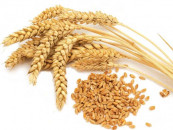
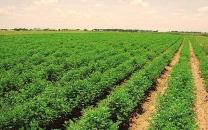
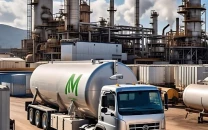
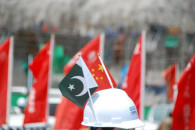












COMMENTS
Comments are moderated and generally will be posted if they are on-topic and not abusive.
For more information, please see our Comments FAQ